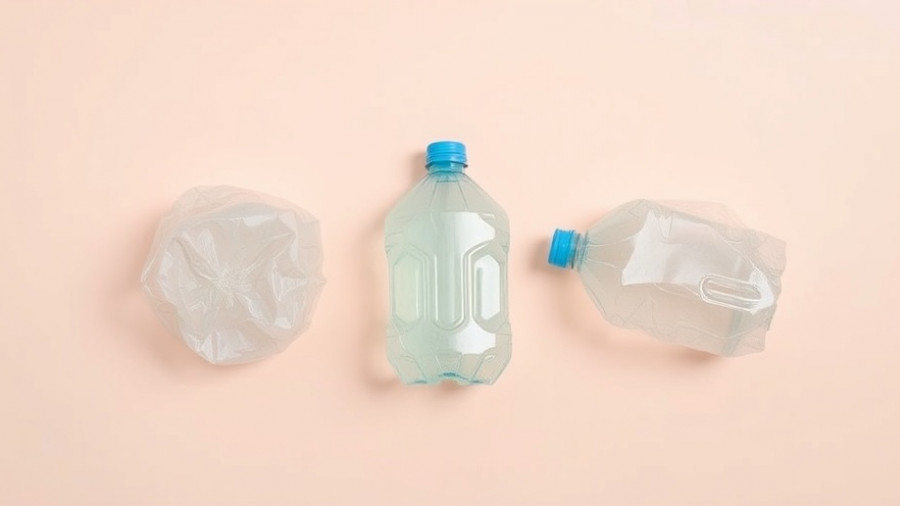
Understanding the Widespread Issue of Microplastics
For years, microplastics have been the subject of growing concern among scientists and health experts, and for good reason. These minute plastic particles are now found in everything from our food and water to the very air we breathe, and astonishingly, recent research has unveiled that they are even accumulating in human brains. This alarming discovery poses serious questions regarding the long-term effects of plastic exposure on brain health, particularly for individuals managing conditions such as diabetes, high cholesterol, and other metabolic disruptions.
Microplastics: A Threat Lurking in Our Environment
Microplastics are typically formed from the degradation of larger plastic items and can come from several sources, including synthetic textiles, plastic packaging, and personal care products. Their microscopic size allows them to easily enter the body through inhalation or ingestion, igniting concerns about their potential danger to human health, especially to vulnerable populations like those dealing with metabolic health issues.
The Findings: Microplastics and Brain Health
A recent study published in Nature Medicine has confirmed that microplastics can breach the blood-brain barrier, reaching alarming concentrations in postmortem brain samples. Over just eight years, a 50% increase in microplastic levels was observed, with the predominant type identified as polyethylene, the substance used in numerous common plastic products.
This research suggests that microplastics may contribute to several serious health issues, including neuroinflammation, cognitive decline, and even vascular damage. Individuals with dementia exhibited higher concentrations of microplastics in their brain tissues, indicating a potential correlation between plastic exposure and neurodegenerative conditions like Alzheimer's and Parkinson's disease.
How Microplastics Impair Brain Function
Another insightful study highlighted in the Bioanalysis Zone explored how microplastics can impair brain function by obstructing blood flow and trapping immune cells in cerebral blood vessels. Researchers tested different sizes of microplastics in mice and observed that larger particles caused significant blood vessel blockage, which led to motor and memory impairments. This underscores the concerning possibility that similar mechanisms might exist in humans, particularly affecting those with existing health conditions.
Reducing Your Risk: Practical Steps to Take
Completely avoiding plastic in modern life is an uphill battle, but there are actionable steps you can take to minimize microplastic exposure:
- Filter Your Water: Utilize high-quality water filters, such as reverse osmosis systems, to help eliminate microplastics from tap and bottled water.
- Upgrade Your Kitchenware: Replace plastic utensils and cutting boards with more durable materials like stainless steel, bamboo, or silicone.
- Support Sustainable Brands: Choose products from companies that prioritize plastic-free packaging and processes.
- Opt for Whole Foods: Cooking whole grains yourself can decrease your exposure to plastic-related chemicals found in processed foods.
- Check Your Salt: Investigate salt brands that guarantee no microplastic contamination to better protect your health.
- Brew Loose-Leaf Tea: Many tea bags contain plastic fibers, so switch to loose-leaf varieties to avoid this potential source of contamination.
Why This Matters
The infiltration of microplastics into our brains is becoming not just an environmental issue but a significant public health crisis. As we continue to understand the implications of microplastic pollution, it is vital for everyone, especially those managing metabolic health issues, to become more informed and proactive about reducing their exposure to these harmful substances.
Call to Action: Advocate for Change
It's imperative to take individual actions towards reducing plastic pollution while also pushing for broader systemic changes. Support policies and initiatives aimed at banning single-use plastics and improving public health education on microplastics. Together, we can work towards creating a healthier environment for ourselves and future generations.
 Add Row
Add Row  Add
Add 



Write A Comment